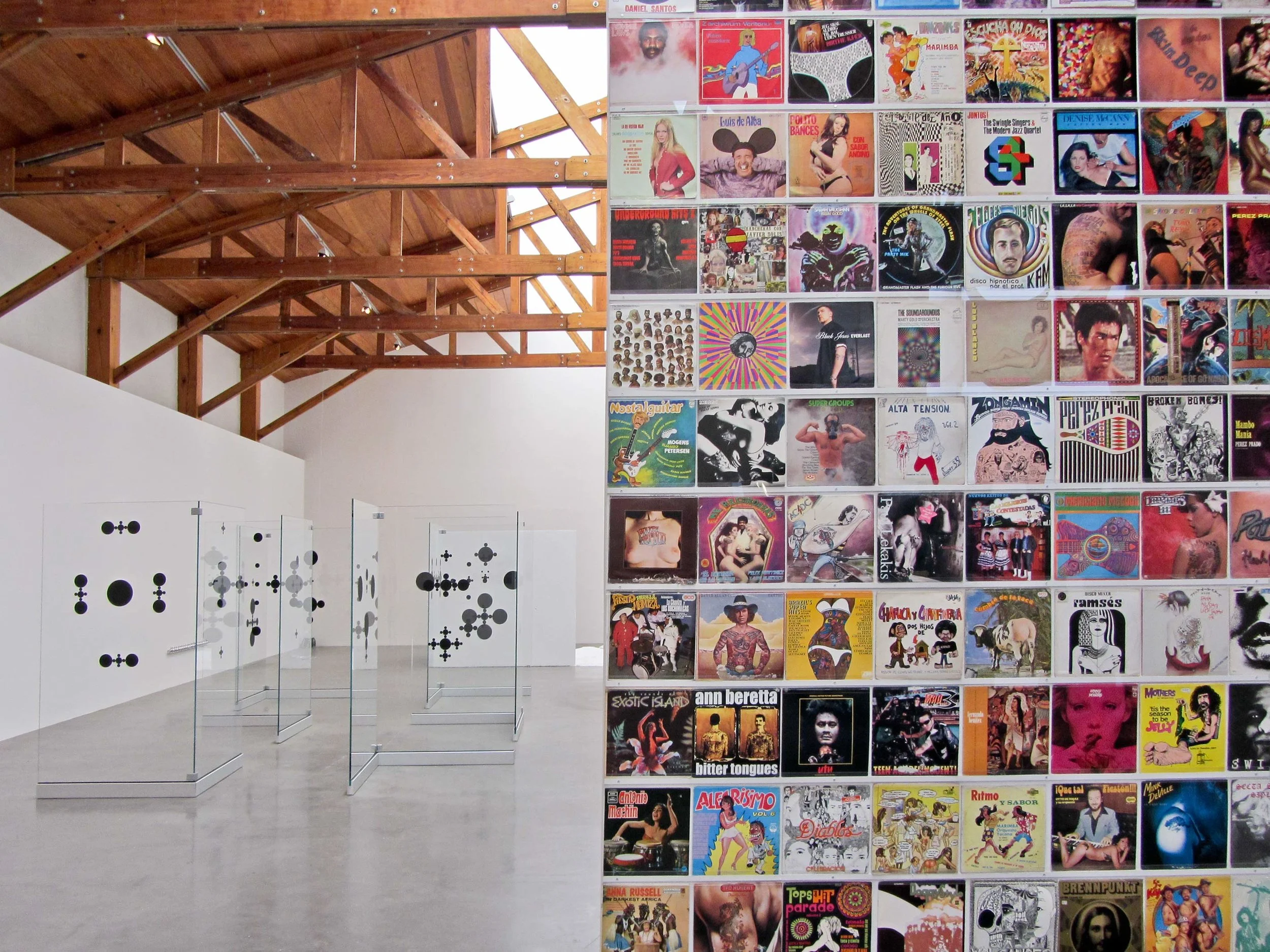All tagged Mexico City
Art Agenda // Dancing at the End of the World
image courtesy of kim córdova
Art Agenda // Gallery Weekend CDMX 2018
Gallery Weekend 2017 was marked by a sense of solidarity. Mexico City’s cultural landscape features a number of bitter divisions spawned from the branching off of the cultural family tree as former partners split and set up their own shops, strengthening the scene with their numbers, but creating bitterly genteel rivalries in the process.
SFMOMA Open Space // Drawing the Curtain: New and Old Violence in 3 Acts
It was my first week in Mexico City and someone was screaming outside my window. At first I thought it was a drunk headed home from a nearby bar; as it grated on, I realized this was no drunk.
Momus // Misogyny and the Myth of the ’90s at Mexico City’s Kurimanzutto
Kurimanzutto is a pristine, vaulted gallery in the San Miguel de Chapultepec neighborhood of Mexico City. As part of the recent exhibition XYLAÑYNU. Taller de los Viernes, cumbia music drifts over the guard onto the sidewalk, casting a nostalgic spell on the airy space.
SFAQ // Material Art Flair
The art market in Mexico has long been a one-gun town on the art-fair front. That is, until three years ago when the Material Art Fair opened its doors and shook things up.
Each year since its inception, Material has seen pretty radical format and venue changes, but at their core they maintain a dedication to emerging practices with the ambition of attracting fresh new talent and vision to Mexico City. On that front, they are an undisputed success, attracting the young, fabulous, and broke, whose collective hustle builds a palpable and dynamic energy. Art Fag City even went so far as to call it the most important art event of the year for artists.
“For artists” is the key.
Art Review // Sangree
Sangree at SAPS in Mexico City
Momus // Contemporary Art Writing in Mexico
“Hablar de corrupcion es tocar a Mexico en el corazón,” my mentor said. “Be careful.”
Tocar. Transitive verb meaning: to touch, to feel, to play, to have to do something, to ring, to sound, to touch on, to strike, to be one’s turn, and in some sense it has no direct translation.
I recently began writing reviews of exhibitions in Mexico City for an English-speaking audience. Quickly I started feeling like a remedial parakeet raised on a 24-hour news cycle. Almost every article I write seems to invoke questions of corruption, impunity, violence, or insecurity. Whether talking about a performance artist visiting from Spain, an established Mexican video-art pioneer, emerging artists, or even Michelangelo and Da Vinci retrospectives, there always seems to be a salient reason to somewhere reference rampant political corruption as context.
SFAQ // Fordlandia Fever Dream
Descriptions of Fordlandia—Henry Ford’s ill-fated urban development and rubber plantation of the same name, built in 1928 in Brazil’s Amazonian rainforest—sound alternately surreal, hilarious, and completely miserable.










